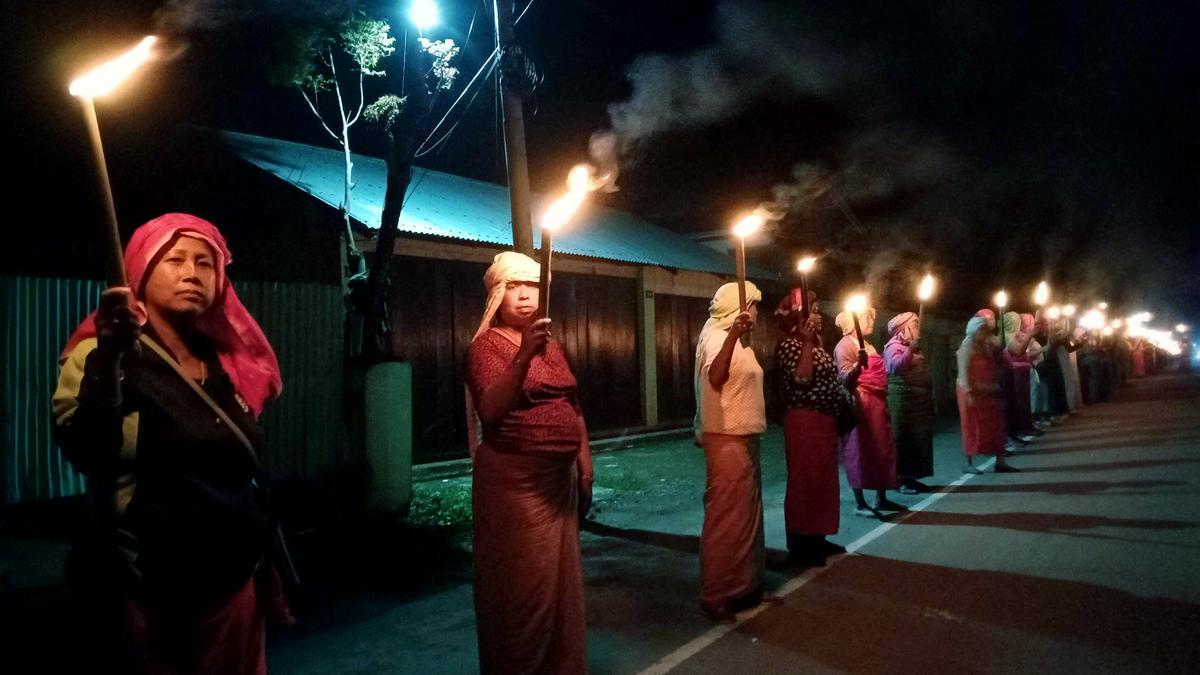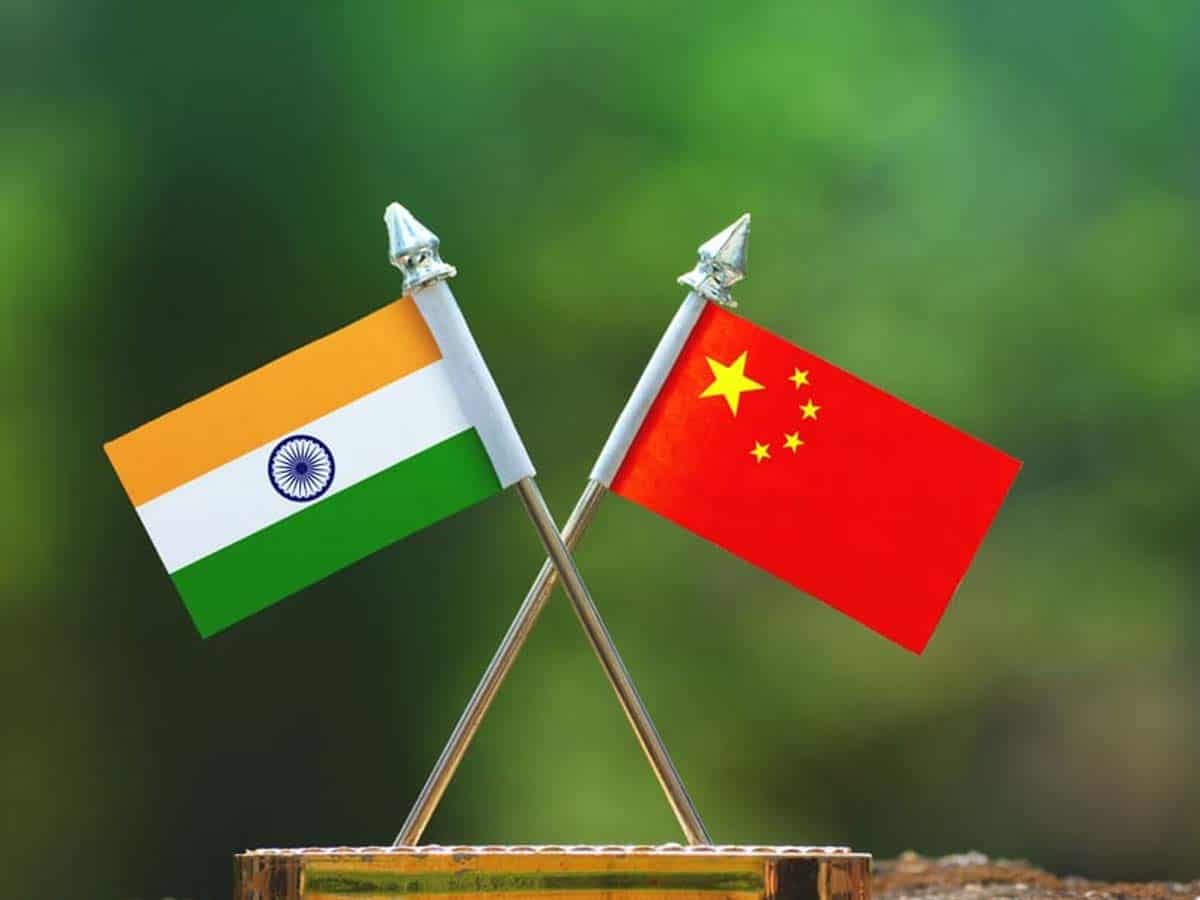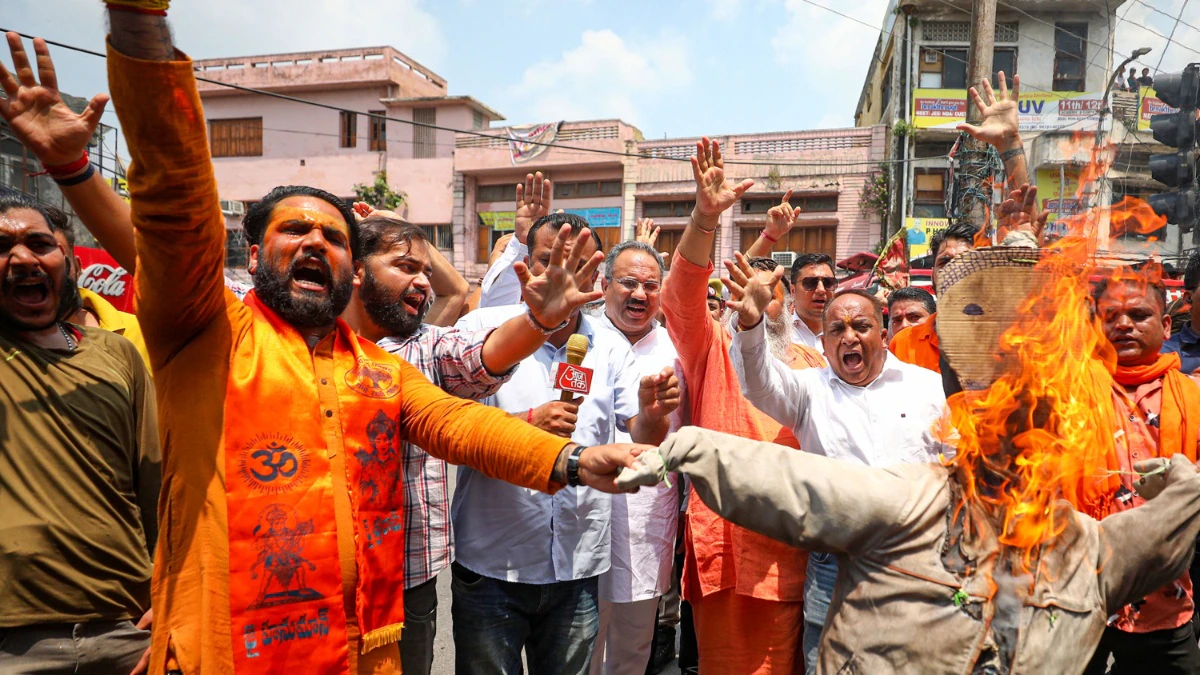The futures of Pakistan and India are still inextricably interwoven in the current political climate, and the choices taken by one country have a significant impact on the other. Both nations share a shared geographical territory, cultural legacy, and urgent regional concerns, notwithstanding previous tensions and wars. This article examines the present political environment and how Pakistan and India’s actions and policies continue to affect and shape one another’s destinies.
Pakistan’s ruling coalition has declared that it will hold elections in August when its term ends. The appropriateness of dissolving a few days before the government’s term ends at midnight on August 12 is the subject of ongoing intra-coalition negotiations. A caretaker administration has 90 days to supervise a national election if the government is dissolved before that time. The caretaker administration will only have 60 days to accomplish the assignment if the ruling coalition waits until its constitutional term is completed.
Ten days won’t make much of a difference, but the PML-N leadership seems to think that buying some extra time would allow the economy to grow and possibly give them more time to turn the tide against the PTI supporters who are still behind former prime minister Imran Khan. Others in the coalition worry that with more time, the caretaker administration may decide to take advantage of a constitutional election hiatus so it can continue to govern for a longer period of time, possibly much longer. Such sceptics may be thinking of Bangladesh’s 2006 experience with a caretaker government, which ultimately chose (with military assistance) to rule for more than two years instead of its permitted 90 days.
The pressure that the old PTI has been under since the May 9 event, when countrywide PTI protests turned violent and resulted in property destruction, especially at military facilities, has caused it to fragment. Political figures from Khyber Pakhtunkhwa, where the PTI has ruled either alone or in collaboration since 2013, have left their old commander in droves. These individuals are not just some backbenchers; they also include two past provincial PTI chief ministers and at least one former provincial cabinet member. With additional PTI leaders still being held for their suspected participation in the May 9 incident or other alleged wrongdoings, this most recent news just brings the total number of PTI leaders who have chosen to retire, leave politics, or transfer parties to a greater number.
The PTI may have been structured around party members and supporters, given Khan’s appeal. Khan, however, decided to depend on electable politicians in 2018—many of whom had switched parties frequently over their careers—in order to ascend more rapidly to the position of national authority with military backing. The party’s vulnerability now that it is under military fire has been made possible by this choice, which has been considered the original sin. Uncertainty surrounds how much of Khan’s massive public support he still enjoys. However, it’s even less certain if Khan voters will have a sufficient number of believable candidates to choose from.
Even the 2018 PTI alliance was less stable than it at times seemed to outsiders and PTI’s ardent supporters. Small headwinds against the party always endangered its reelection since it received less than one-third of the national vote and because PTI needed allies to obtain a majority in the national parliament. It is currently being buffeted by the establishment.
Pakistan is in a really difficult situation. Currency injections from the International Monetary Fund and wealthy Gulf nations have helped to revive its ailing economy, but there have been no significant macro- or microeconomic improvements that would improve the country’s fundamental condition. It is nevertheless susceptible to natural calamities brought on by the climate. As some anti-American Pakistani sceptics have said, Afghanistan’s security situation has not improved as a result of the US pullout. Instead, Pakistan is currently battling an expanding Afghan safe haven. The frequency of assaults in the periphery has significantly grown, and it is a fair concern that core cities may not be far behind. While few anticipate the security situation reverting to the dreadful days of the late 2000s or early 2010s, few expect it to improve.
Only outside support has allowed Pakistan’s economy to thrive in the past; nevertheless, that future also appears remote. There is no obvious intention of returning to previous financing peaks, despite the fact that international donors have just demonstrated via their actions that they will not countenance a collapse of the Pakistani economy. The US is quite unhappy with its former friend. The macroeconomic effects of Chinese investments in its all-weather partner are expected to be significantly slowed down by both China’s own weak economy and the underwhelming results of many Chinese projects in Pakistan. Many of Pakistan’s most talented citizens are emigrating, with numbers doubling in 2022 compared to (pandemic-reduced) 2020 and 2021 figures.
2002 marked my first trip to South Asia. According to the World Bank at the time, Pakistanis made more money on average than their counterparts in India and Bangladesh. Since then, the ordinary Pakistani’s salary has likely climbed by 60% in real terms. However, over that same time, the typical Indian’s income rose by 150%, while the average Bangladeshi’s income soared by more than 160%. Of the three major subcontinental states, the ordinary Pakistani now earns the least.
Pakistan has been concentrating internally during the past few years as a result of these economic and political issues. It undertook discreet negotiations with India, which resulted in a truce in February 2021. This was likely made possible by India’s determination to contain a rising Chinese threat by reducing bloodshed along the Kashmir border. Although Pakistanis anticipated that the truce would be followed by bilateral political engagement, this never happened. Uncertainty surrounds the extent to which the Pakistani civil war or India’s own hesitations were to blame for this. What does appear clear is that neither India nor Pakistan are interested in improving relations with one another. There are indications that the 2021 ceasefire is eroding, with both parties raising concerns about possible partial compliance with the text and spirit of the deal. The truce might be broken with only one significant strike because there aren’t many other ways to express unhappiness.
In spite of almost constant, high-stakes political conflict, the players and the terrains of their confrontation have shown a significant level of continuity for decades. In modern Pakistan, the same players engage in the same game, despite the fact that neither the nation nor its economy have advanced significantly. Kashmir might flare up once more if Islamabad and Rawalpindi decide they haven’t benefited much from the truce and want to direct some of the ire of irate young Mujahideen towards India. Can such issues be resolved by the intelligence and counterinsurgency networks of India? Perhaps, but it is hardly a hypothesis that anybody should be keen to test given the busy China-India border and the burning Manipur. India’s capacities are expanding, but they are still not sufficient for it to effectively handle both the west’s and the east’s problems at the same time. Making wise decisions will be necessary.
The fates of Pakistan and India are still intimately linked in the current political situation. Both countries have identical possibilities and obstacles, and the decisions made by one have an immediate effect on the other. Recognising and positively resolving these interdependencies is the key to a more stable and prosperous South Asia. Pakistan and India can pave the road for a stronger shared future, benefiting not just their populations but the whole region, by participating in discussion, developing collaboration, and pursuing peaceful answers to unresolved differences. The moment has arrived for both countries to put historical grudges behind them and embrace the possibility of cooperation and understanding.








